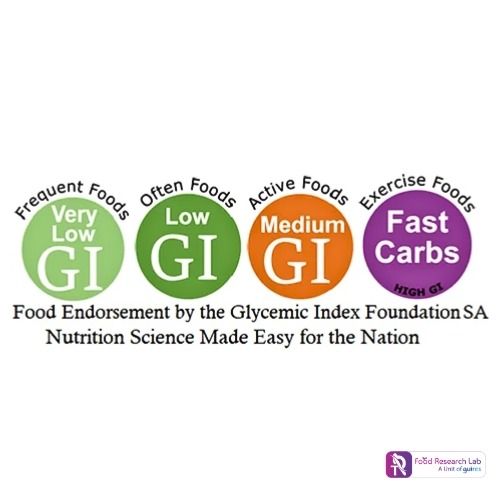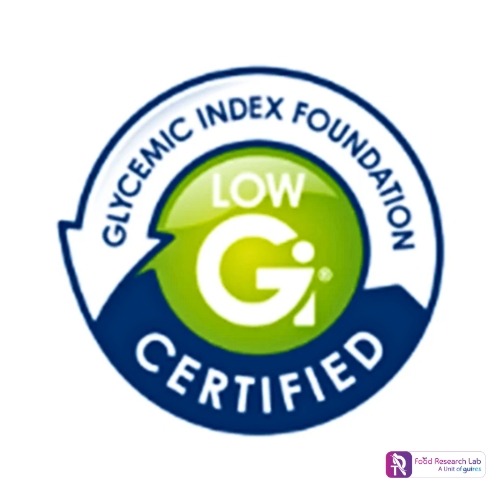Glycaemic Index Labelling practices
In Europe, the use of the Glycaemic Index (GI) for food selection is not frequently recommended in dietary guidelines. The European Food Safety Authority (EFSA) published a report on carbohydrate dietary reference values (DRV) in 2010, noting that the data for GI was inconclusive and making no particular recommendations. Some European countries have taken GI into account while developing national DRV documents on carbohydrates, with variable degrees of success. Introducing a low GI label under the European Union (EU) ’s existing laws poses challenges. Labelling a food with its GI qualities may be considered a health claim under EU regulations 1924/2007, and such claims must meet certain conditions. A decreased postprandial glycaemic response is thought to be a favourable physiological effect.







